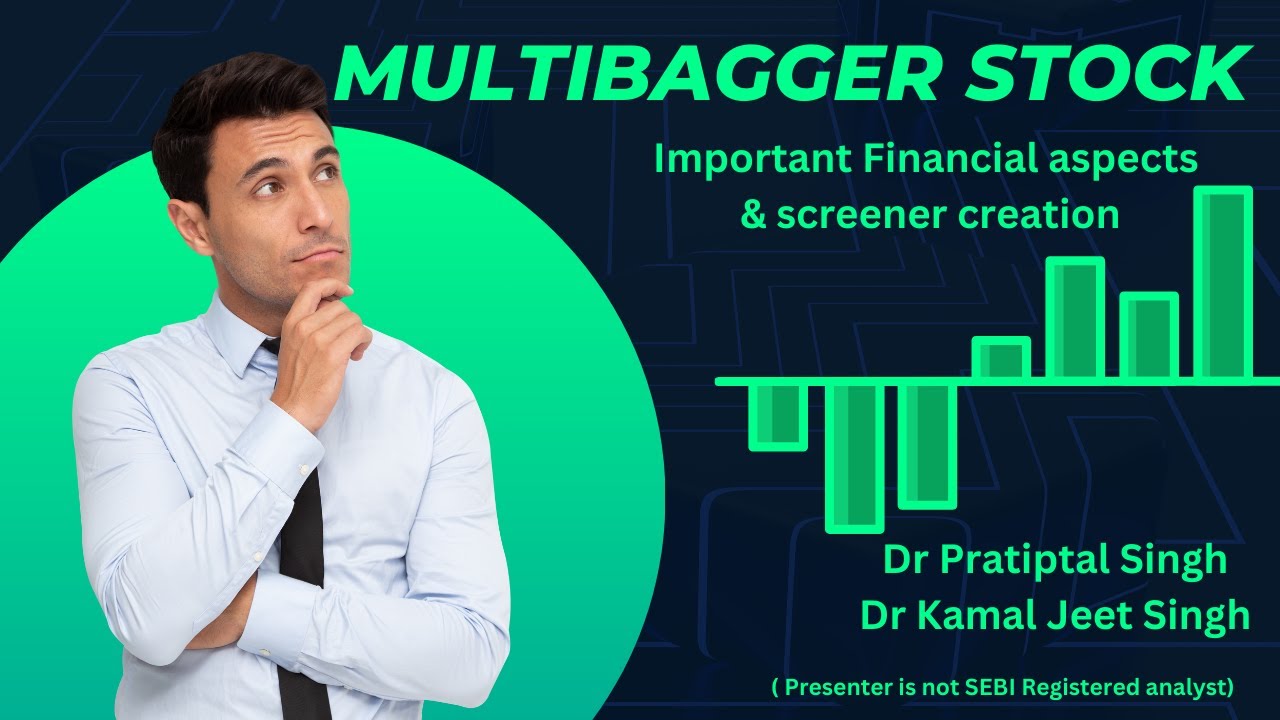Risk and reward introduction | Finance & Capital Markets | Khan Academy
Summary
TLDRThe video introduces the concepts of risk and reward in investing by examining various scenarios. It contrasts low-risk options, like savings accounts with a guaranteed 1% return, against higher-risk opportunities, such as lending to reputable companies (6% interest) and investing in the stock market (average 10% return). The video highlights how risk increases with potential reward, culminating in the most speculative option: investing in a brother-in-law's business, which offers high returns but poses significant personal and financial risks. Ultimately, the relationship between risk and reward is essential for making informed investment decisions.
Takeaways
- 😀 Investing involves understanding the relationship between risk and reward.
- 💰 A savings account offers low risk with a modest reward of about 1% annual interest.
- 🔒 FDIC insurance on savings accounts eliminates the risk of losing your principal investment.
- 🏢 Lending money to a reputable company can yield a higher reward (6% interest) but introduces some risk of default.
- 👨⚕️ Lending to individuals, like a newly graduated doctor, can offer higher rewards (8%) but carries more personal risk due to potential life changes.
- 📈 Investing in the stock market historically averages around 10% return, but it comes with significant volatility and the risk of losing principal.
- 🤝 Higher potential rewards typically correlate with higher risks in investment scenarios.
- 🎢 Stock market investments can experience extreme fluctuations, making them riskier than more stable options.
- 👨💼 Investing in a friend's business may promise substantial rewards but also poses very high personal and financial risks.
- 🔄 Understanding your risk tolerance is essential for making informed investment choices.
Q & A
What is the relationship between risk and reward in investing?
-The relationship between risk and reward in investing suggests that generally, the more risk you take, the higher the potential reward you can expect. This means that safer investments typically offer lower returns, while riskier investments can potentially provide higher returns.
What is an example of a low-risk investment mentioned in the script?
-An example of a low-risk investment mentioned in the script is putting money into an FDIC insured savings account, which offers a guaranteed return with minimal risk.
What is the expected annual interest rate for a savings account according to the script?
-The expected annual interest rate for a savings account mentioned in the script is 1%.
How does lending money to a reputable company compare to a savings account?
-Lending money to a reputable company offers a higher potential reward of 6% in annual interest, but it comes with greater risk than a savings account, as it is not FDIC insured and depends on the company's ability to repay the debt.
What factors increase the risk when lending money to an individual, such as a doctor in the script?
-Lending money to an individual increases risk because personal circumstances can change unpredictably, such as health issues or personal behavior that might affect their ability to repay the loan.
What is the average expected return for investing in the stock market?
-The average expected return for investing in the stock market is approximately 10% per year, based on historical performance.
What type of investment has the highest risk and reward according to the script?
-Investing in a family member's business, such as the brother-in-law's scheme in the script, has the highest risk and potential reward, as it could lead to losing all the invested money and damaging personal relationships.
What is the main takeaway regarding the balance of risk and reward?
-The main takeaway is that there is a general trend where higher potential rewards are associated with higher risks. If an investment seems to offer a high return with low risk, it may not be a realistic expectation.
What does the term 'volatility' refer to in the context of stock market investments?
-In the context of stock market investments, 'volatility' refers to the unpredictability of market returns, where the value of investments can fluctuate significantly over short periods.
How does the script suggest one should approach understanding risk and reward in investments?
-The script suggests that individuals should carefully assess different investment options, considering the associated risks and potential rewards, to make informed decisions.
Outlines

このセクションは有料ユーザー限定です。 アクセスするには、アップグレードをお願いします。
今すぐアップグレードMindmap

このセクションは有料ユーザー限定です。 アクセスするには、アップグレードをお願いします。
今すぐアップグレードKeywords

このセクションは有料ユーザー限定です。 アクセスするには、アップグレードをお願いします。
今すぐアップグレードHighlights

このセクションは有料ユーザー限定です。 アクセスするには、アップグレードをお願いします。
今すぐアップグレードTranscripts

このセクションは有料ユーザー限定です。 アクセスするには、アップグレードをお願いします。
今すぐアップグレード関連動画をさらに表示

capital Market - Investment Strategies

Risk and Reward - Prof. Simply Simple & Suppandi (English)

URGENT: Here's The Real Economic Crisis Only The Insiders See Coming

02 Intro To Stocks - Journey From Startup To IPO

Financial ratios and Screener creation to find a multibagger stock

Type's Of Trading In Stock Market | By - | Finance Key | in [HINDI]
5.0 / 5 (0 votes)
